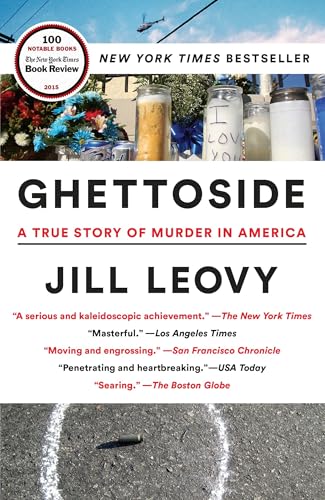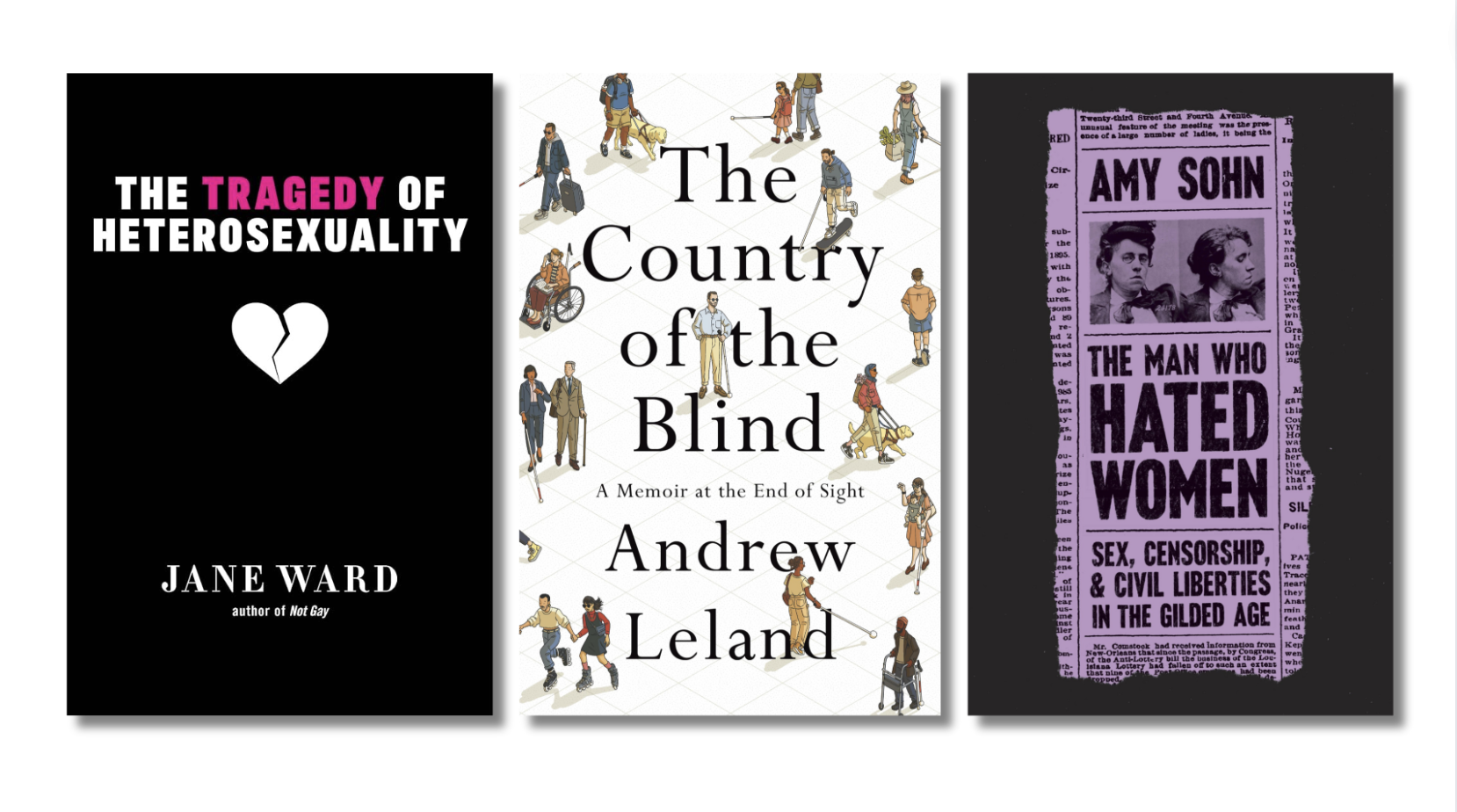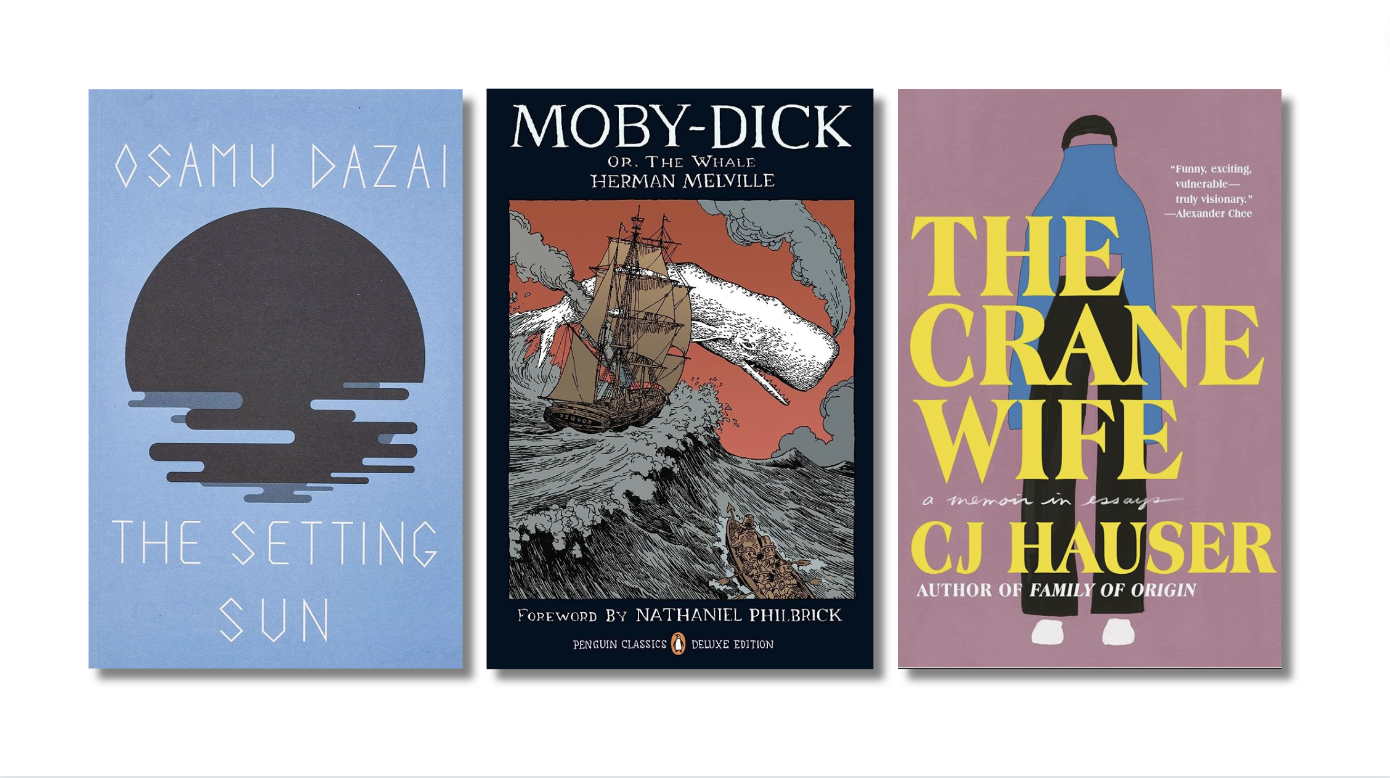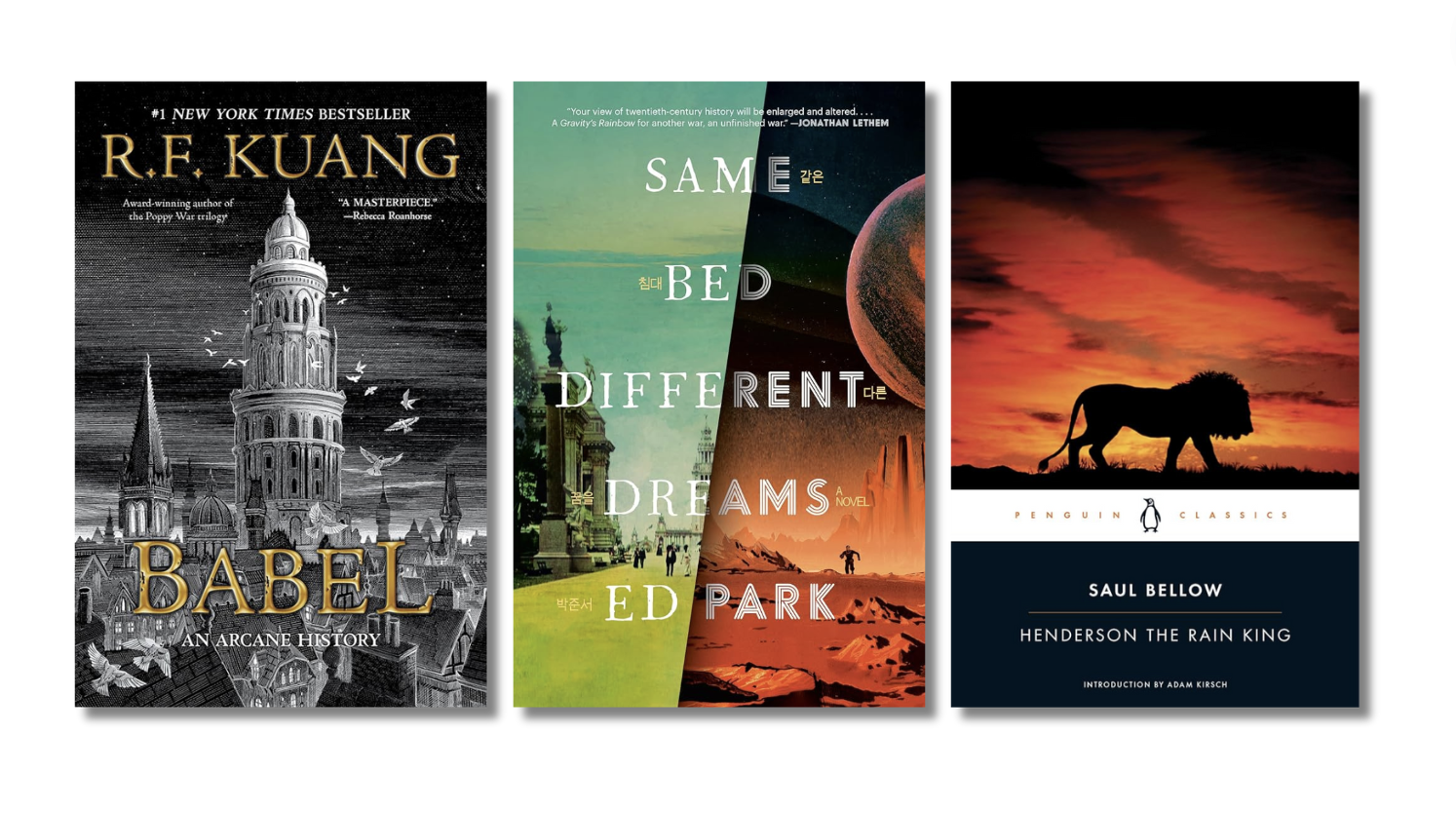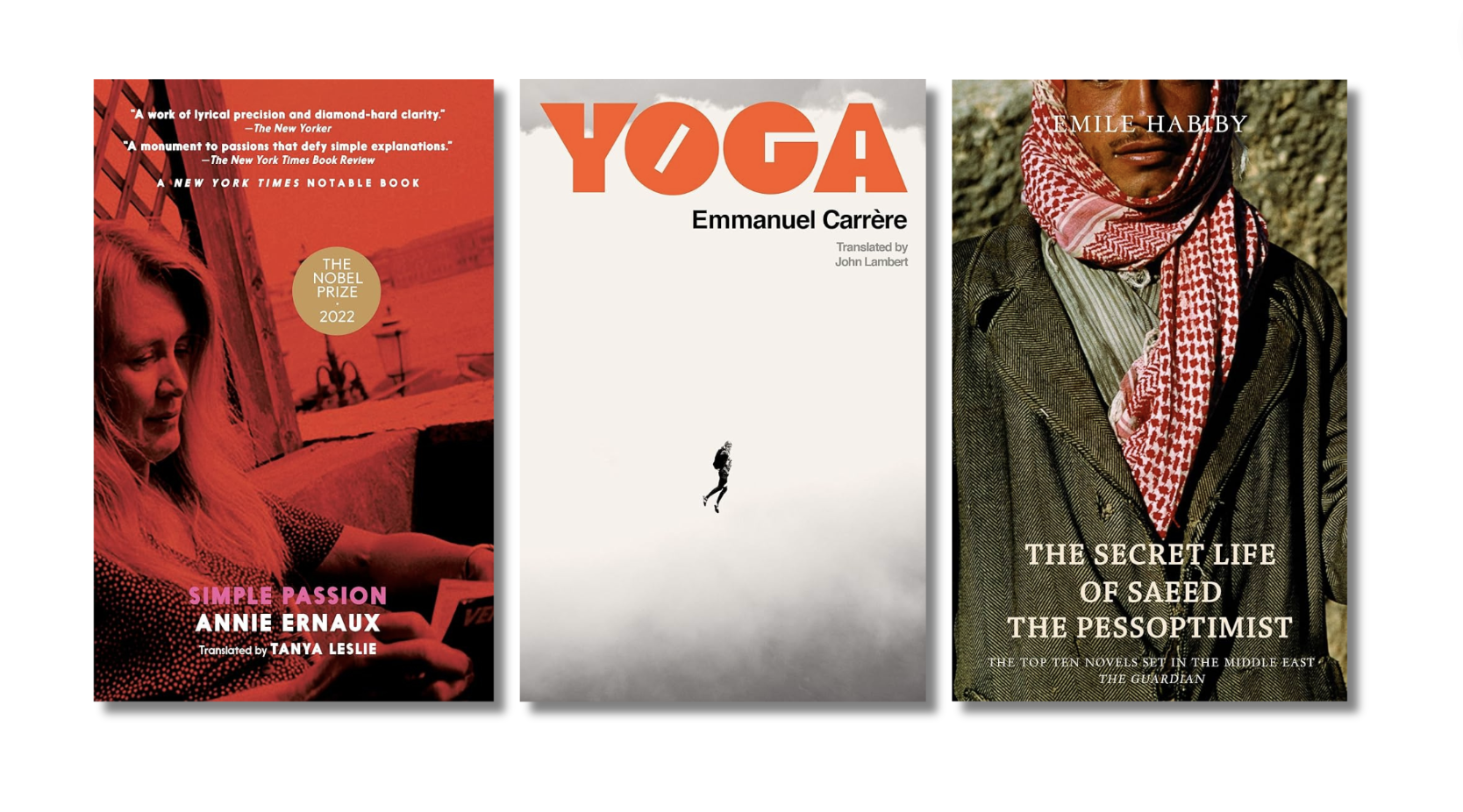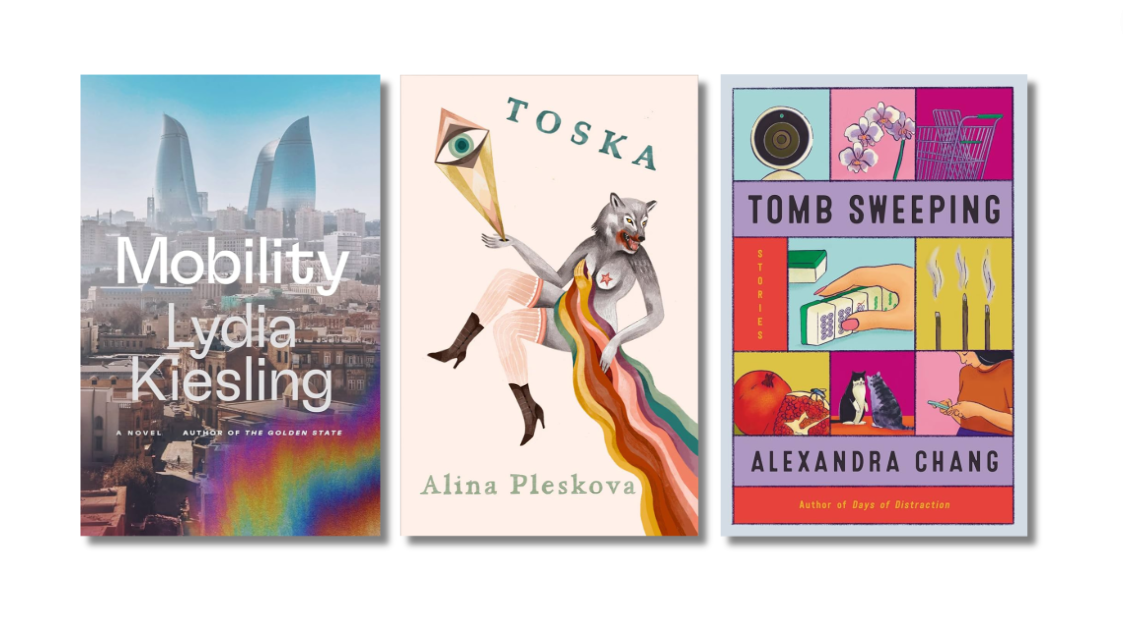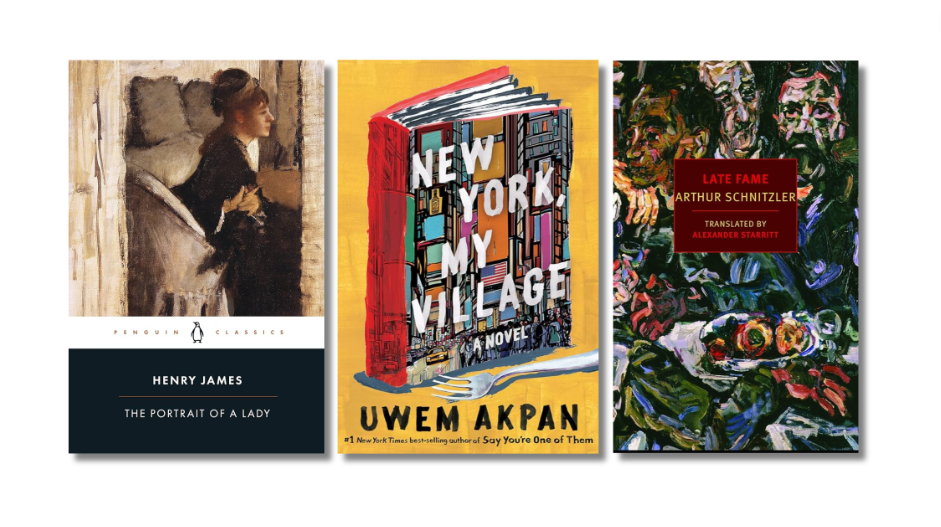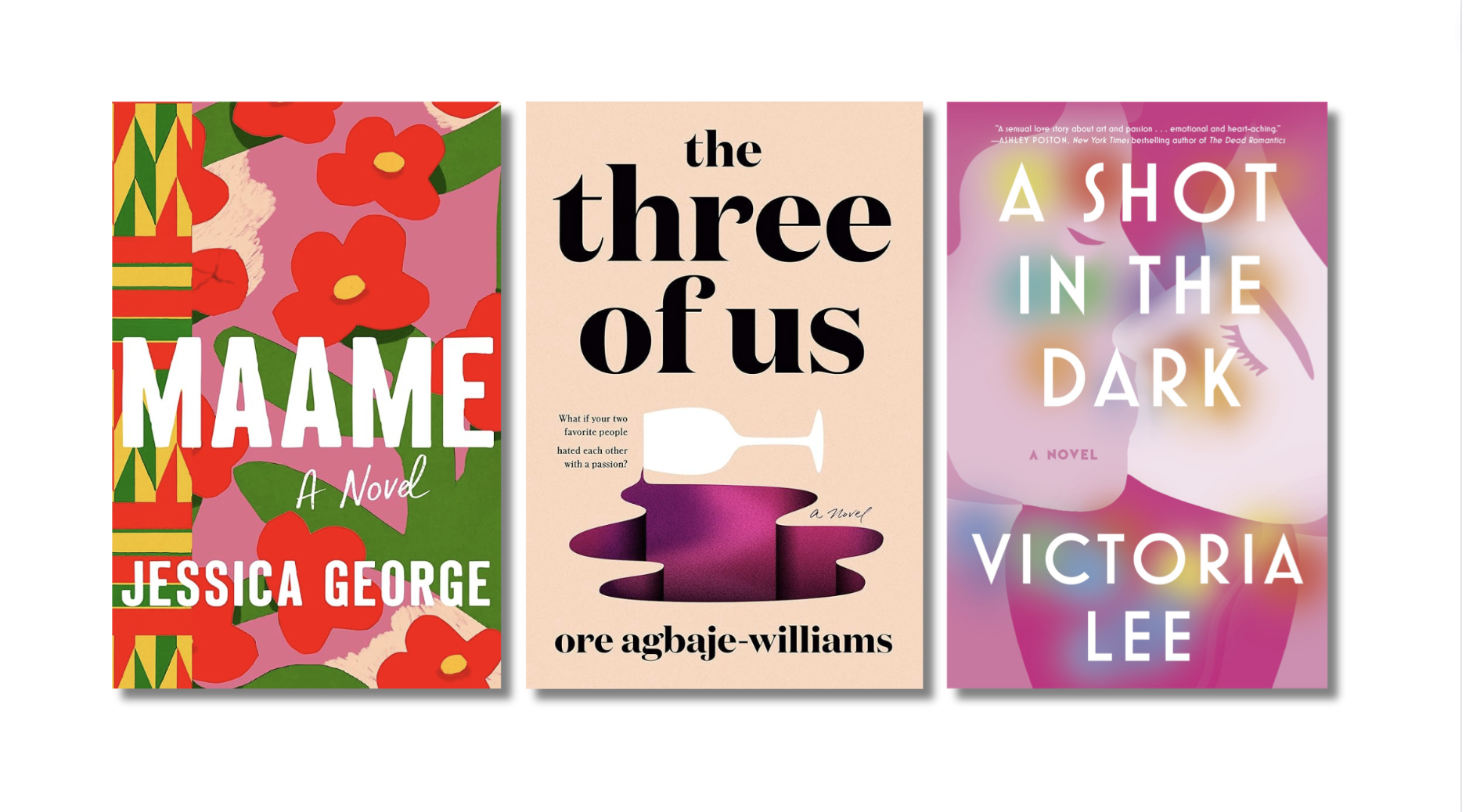2016: The year my daughter learned to stand on her own and walk away. It’s also the year my son learned about the Holocaust, that it happened, and not that long ago. He is five, she is one. If this opening relies too heavily on the metaphorical, please forgive me: I refuse to besmirch my entry with a certain someone’s name, he has crowded my Internet and my brain too much already.
I also would like to assert the pleasures of this year, no matter what happened in November. Those pleasures cannot be rescinded. I had a good time writing a book, seeing friends, meeting my youngest niece, cooking with my husband, even gossiping via direct messages on Twitter (oh god please don’t hack me, Russia!). I watched my son graduate from preschool. He learned to read. When we rang in the new year, his baby sister was a basically a tadpole; now she can amble across the living room and ask for raspberries and point at everything in the room, a perpetual desire machine. Dat, Dat, Dat, she calls out. One day my son said, “Dolls are for girls — in TV commercials.” On another day he said, “Movies and stories usually open with the villain. It’s the bad thing to get you interested.” Reading isn’t just the ABCs.
Speaking of reading. There were also books in 2016. Great ones.
 Like everyone else, Oprah Winfrey among them, I loved The Underground Railroad by Colson Whitehead. I loved it because it does what it wants story-wise, demands you just go with it, but on the level of plot or structure it’s not at all messy. As we used to say in high school: it’s tight. More quote-unquote ambitious novels need to take note of this book’s symmetry and precision. I’ve long been a fan of Whitehead’s work, in particular his graceful and surprising turns-of-phrase. This new one is just as beautifully written, but the power of its prose held me in the paragraphs rather than single sentences or similes. See this one early on, describing the interruption of a rare party among the slaves:
Like everyone else, Oprah Winfrey among them, I loved The Underground Railroad by Colson Whitehead. I loved it because it does what it wants story-wise, demands you just go with it, but on the level of plot or structure it’s not at all messy. As we used to say in high school: it’s tight. More quote-unquote ambitious novels need to take note of this book’s symmetry and precision. I’ve long been a fan of Whitehead’s work, in particular his graceful and surprising turns-of-phrase. This new one is just as beautifully written, but the power of its prose held me in the paragraphs rather than single sentences or similes. See this one early on, describing the interruption of a rare party among the slaves:
The music stopped. The circle broke. Sometimes a slave will be lost in a brief eddy of liberation. In the sway of a sudden reverie among the furrows or while untangling the mysteries of an early-morning dream. In the middle of a song on a warm Sunday night. Then it comes, always — the overseer’s cry, the call to work, the shadow of the master, the reminder that she is only a human being for a tiny moment across the eternity of her servitude.
The rhythms here are brilliant, the sentences describing the celebration’s end — “The music stopped. The circle broke.” — as brief as the humanity each slave momentarily experiences before “the eternity of her servitude” takes it away. The cruel assonance of “eternity” and “servitude.” There are so many paragraphs like this in The Underground Railroad. The book contains flashes of Whitehead’s classic sharpness, that ironic gleam of his that I’ve always loved, but it peers in at the edges; the subject matter requires sincerity, gravity. The sharpness, though, keeps this from feeling like a safe, milky-glow historical story. This terror feels present, is present.
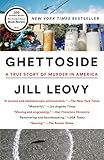 Another book that rocked me was Ghettoside by Jill Leovy, which is about present-day South Central Los Angeles and its epidemic of murder and violence. Like The Underground Railroad, it’s about vulnerable black bodies, about our American failure to protect and value black Americans. Leovy is a reporter for the L.A. Times and she covered homicide from 2001 to 2012, embedding herself in the LAPD’s 77th Street Division a couple years into this assignment. Her thesis is simple: “When the criminal justice system fails to respond vigorously to violent injury and death, homicide becomes endemic.” She argues that “perceived harshness of American criminal justice and its fundamental weakness are in reality two sides of a coin, the former a kind of poor compensation for the latter.” She continues:
Another book that rocked me was Ghettoside by Jill Leovy, which is about present-day South Central Los Angeles and its epidemic of murder and violence. Like The Underground Railroad, it’s about vulnerable black bodies, about our American failure to protect and value black Americans. Leovy is a reporter for the L.A. Times and she covered homicide from 2001 to 2012, embedding herself in the LAPD’s 77th Street Division a couple years into this assignment. Her thesis is simple: “When the criminal justice system fails to respond vigorously to violent injury and death, homicide becomes endemic.” She argues that “perceived harshness of American criminal justice and its fundamental weakness are in reality two sides of a coin, the former a kind of poor compensation for the latter.” She continues:
Like the schoolyard bully, our criminal justice system harasses people on small pretexts but is exposed as a coward before murder. It hauls masses of black men through its machinery but fails to protect them from bodily injury and death. It is at once oppressive and inadequate.”
The book is a tremendous journalistic feat. Leovy is able to make statistics and historical data coherent and compelling, and she depicts the lives of those affected by these traumas with a vividness that can only come when you’ve truly seen someone and tried to view the world through his eyes.

 These first two books are clearly defined, respectively, as fiction and nonfiction. Another favorite from this year bled into both categories: Suite for Barbara Loden by Nathalie Léger, translated from the French by Natasha Lehrer and Cécile Menon. I had never heard of this little svelte book when I bought it from Green Apple Books in San Francisco. I was simply attracted to its square shape and its cover drawing of a blonde woman. I didn’t even read the back cover. Turns out, Barbara Loden was an actress who starred in Wanda, the only film she also directed. I am not a movie buff — in fact, I rarely watch movies, especially the “important” ones — but I realize I love reading descriptions of film scenes. There’s a kind of inert vividness to these descriptions, a scrim between me and the dramatic moment, that I find almost erotic. Léger intersperses descriptions of Wanda with passages about how she came to know this movie, how she tried and tried to understand Barbara Loden herself. Woven into these, too, are autobiographical asides. One begins: “Once upon a time the man I loved reproached me for my apparent passivity with other men.” The result of these combined fragments is delicious and mysterious.
These first two books are clearly defined, respectively, as fiction and nonfiction. Another favorite from this year bled into both categories: Suite for Barbara Loden by Nathalie Léger, translated from the French by Natasha Lehrer and Cécile Menon. I had never heard of this little svelte book when I bought it from Green Apple Books in San Francisco. I was simply attracted to its square shape and its cover drawing of a blonde woman. I didn’t even read the back cover. Turns out, Barbara Loden was an actress who starred in Wanda, the only film she also directed. I am not a movie buff — in fact, I rarely watch movies, especially the “important” ones — but I realize I love reading descriptions of film scenes. There’s a kind of inert vividness to these descriptions, a scrim between me and the dramatic moment, that I find almost erotic. Léger intersperses descriptions of Wanda with passages about how she came to know this movie, how she tried and tried to understand Barbara Loden herself. Woven into these, too, are autobiographical asides. One begins: “Once upon a time the man I loved reproached me for my apparent passivity with other men.” The result of these combined fragments is delicious and mysterious.
 Aside from these three new favorite books, I also found a new favorite author. I discovered him over the summer, when I was tired of reading what everyone else was reading or had read. What initially drew me in was the vintage Bantam paperback, tucked into a neighbor’s front yard Little Library. Lurid red, with the phrase WIFE TROUBLE in big gold letters on the back. The novel was The Barbarous Coast, published in 1956 and written by Ross Macdonald, an L.A. pulp writer who was raised in Canada. Bookseller-friends had recommended his work to me before, but this was my first foray. Macdonald’s detective is one Lew Archer, a quippy loner as they usually are, and I didn’t care as much about the story — a beautiful dead girl, a fancy beach club, etc. — as I did about the writing. The writing! “Manor Crest Drive was one of those quiet palm-lined avenues which had been laid out just before the twenties went into their final convulsions.” It’s cool and stylish. I love it. I noted the sexist shit, too: “Her breath was a blend of gin and fermenting womanhood.”
Aside from these three new favorite books, I also found a new favorite author. I discovered him over the summer, when I was tired of reading what everyone else was reading or had read. What initially drew me in was the vintage Bantam paperback, tucked into a neighbor’s front yard Little Library. Lurid red, with the phrase WIFE TROUBLE in big gold letters on the back. The novel was The Barbarous Coast, published in 1956 and written by Ross Macdonald, an L.A. pulp writer who was raised in Canada. Bookseller-friends had recommended his work to me before, but this was my first foray. Macdonald’s detective is one Lew Archer, a quippy loner as they usually are, and I didn’t care as much about the story — a beautiful dead girl, a fancy beach club, etc. — as I did about the writing. The writing! “Manor Crest Drive was one of those quiet palm-lined avenues which had been laid out just before the twenties went into their final convulsions.” It’s cool and stylish. I love it. I noted the sexist shit, too: “Her breath was a blend of gin and fermenting womanhood.”

 Soon after finishing the book, I bought The Far Side of the Dollar on eBay. I longed to read another Macdonald, but like the first one, it had to be an old dime-store paperback, its pages yellowed and flaking, the jacket copy over-the-top cheesy (“I’m the man women can’t forget and some men don’t live to…”). Again the crisp language. Lew Archer’s assessments of women — “Legs still good. Mouth still good.” — continued to rankle, and I began to collect these instances…for what, I am not yet sure. Maybe as a reminder that this way of seeing females is historical, at least half a century old. It is also our inheritance. And it persists. I’m going to read The Galton Case next.
Soon after finishing the book, I bought The Far Side of the Dollar on eBay. I longed to read another Macdonald, but like the first one, it had to be an old dime-store paperback, its pages yellowed and flaking, the jacket copy over-the-top cheesy (“I’m the man women can’t forget and some men don’t live to…”). Again the crisp language. Lew Archer’s assessments of women — “Legs still good. Mouth still good.” — continued to rankle, and I began to collect these instances…for what, I am not yet sure. Maybe as a reminder that this way of seeing females is historical, at least half a century old. It is also our inheritance. And it persists. I’m going to read The Galton Case next.
Now onto 2017. Sometimes I am fearful and despairing about what’s to come. Not entirely, though. I won’t let that happen. To start, there will be books.
More from A Year in Reading 2016
Don’t miss: A Year in Reading 2015, 2014, 2013, 2012, 2011, 2010, 2009, 2008, 2007, 2006, 2005
Save

